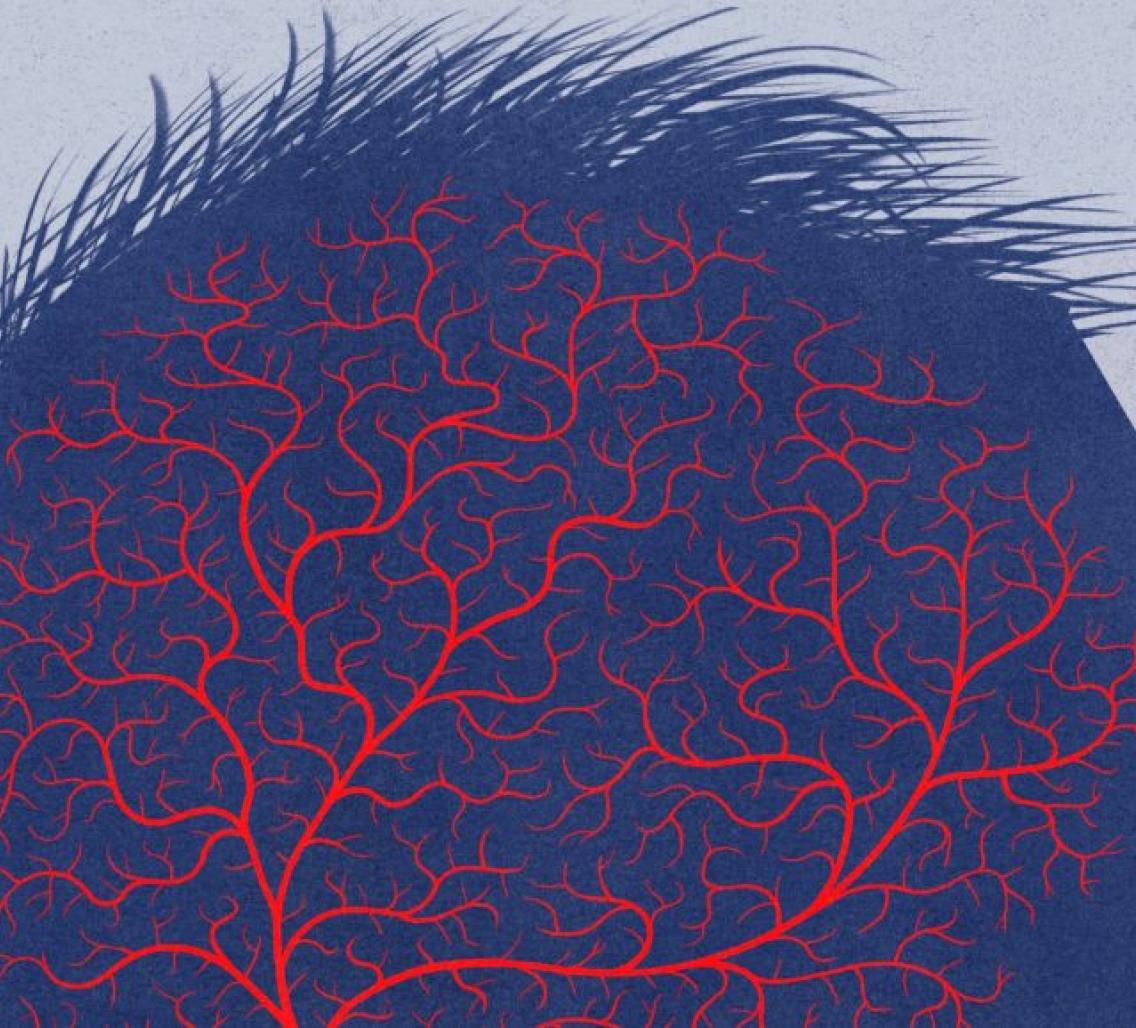Advances offer new hope for stroke survivors

By Nathan Collins
Your best bet is just not to have a stroke in the first place. The next best option is to get to the hospital quickly — an option that is getting easier as doctors push the envelope on how long people can go without treatment and avoid serious brain damage.
But patients like David Wilson, whose stroke went undetected for hours as he came out of thyroid surgery, need something more: hope in the face of the most daunting circumstances. Like the roughly 17 million Americans living with the aftermath of stroke, five years ago Wilson found himself unable to walk, read, speak or take care of his most basic needs. Fortunately, he's made a remarkable recovery — but not everyone does. Here's how one physician-scientist describes the situation in my latest piece for Stanford Medicine:
'The first thing that family members, or patients, if they can talk, ask the doctor is ‘Am I going to get better? How much better am I going to get?’' says Marion Buckwalter, MD, PhD, an associate professor of neurology and of neurosurgery and a member of Stanford Bio-Xand the Stanford Neurosciences Institute. 'The answers right now are, No. 1, I can make an educated guess about how much better you’re going to get, but I might not be that good at it, and No. 2, maybe rehab will help you get better, but there’s not a lot of data to show that it actually helps.'
And there’s really not a lot else.'
Yet Buckwalter and others are hopeful — and they have good reason to be.
Researchers like Buckwalter and her colleague Maarten Lansberg, MD, PhD, an associate professor of neurology and neurological sciences, are working on how to prevent dementia in stroke survivors, nearly half of whom develop the condition in the first decade after a stroke. Others are working on new ways to deliver drugs right where they're needed in the brain, developing ways to stimulate the brain's recovery with magnetic fields, and building robotic devices tailored to help individual stroke patients walk more easily. With those and other developments on the horizon, the future for stroke survivors could be bright.